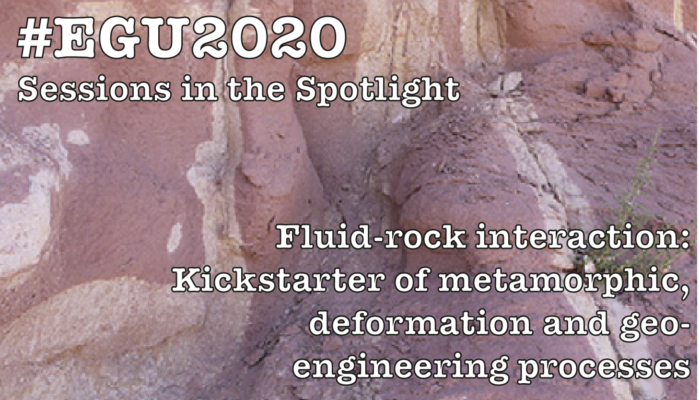
Do you like thinking about fluids? Do you also like thinking about rocks? How about fluids and rocks together? If you answered yes to all three of these questions, then here are two suggestions. The first is to ask for a set of these whiskey stones for Christmas (or, even better, just find some talc-schist and put it in the freezer, and marvel at the ability of a kitchenware company to charge so so much for rocks), and the second is to submit an abstract to EGU 2020 session GMPV6.1. This session aims to investigate the impact of fluid-rock interactions on natural and geo-engineering processes in diverse lithospheric settings, and is convened by Francesco Giuntoli, Anne Pluymakers and Oliver Plümper, with an invited talk by Jeroen Van Stappen from Utrecht University.
Fluid-rock interaction is likely to be one of the big topics in coming years, so get on board! The convenors say:
Reactions between fluids and rocks have a fundamental impact on many of the natural and geo-engineering processes in crustal settings. Examples of such natural processes are localization of deformation, earthquake nucleation caused by high pressure fluid pulses, as well as metamorphic reactions and rheological weakening triggered by fluid flow, metasomatism and fluid-mediated mass transport. Moreover, the efficiency of many geo-engineering processes is partly dependent on fluid-rock interactions, such as hydraulic fracturing, geothermal energy recovery, CO2 storage and wastewater injection. All our observations in the rock record are the end-product of all metamorphic, metasomatic and deformation changes that occurred during the interaction with fluid. Therefore, to investigate and understand these complex and interconnected processes, it is required to merge knowledge and techniques deriving from several disciplines of the geosciences.
Idealized sketch of the deformation history of plagioclase, colour coding as in the compositional maps. Fracturing of the Plagioclase1 porphyrocrysts, mostly imposed along the (001) plane. Fluid infiltration triggered mineral replacement by coupled dissolution–precipitation with topotaxial and pseudomorphic growth of Plagioclase2 and, successively, plagioclase3 on plagioclase1. Replacement occurred mostly along and in proximity of the fractures as well as at the edges of the crystals. Plagioclase3 nucleated also as newly grown grains in the matrix. Modified from Giuntoli et al., 2018-JMG
We invite multidisciplinary contributions that investigate fluid-rock interactions throughout the entire breadth of the topic, using fieldwork, microstructural and petrographic analyses, geochemistry, experimental rock mechanics, thermodynamic modeling and numerical modeling.
This sounds like a wide-ranging, multidisciplinary session, and is sure to generate some interesting discussion. Do you want to get involved? Then submit here! And merry christmas!

